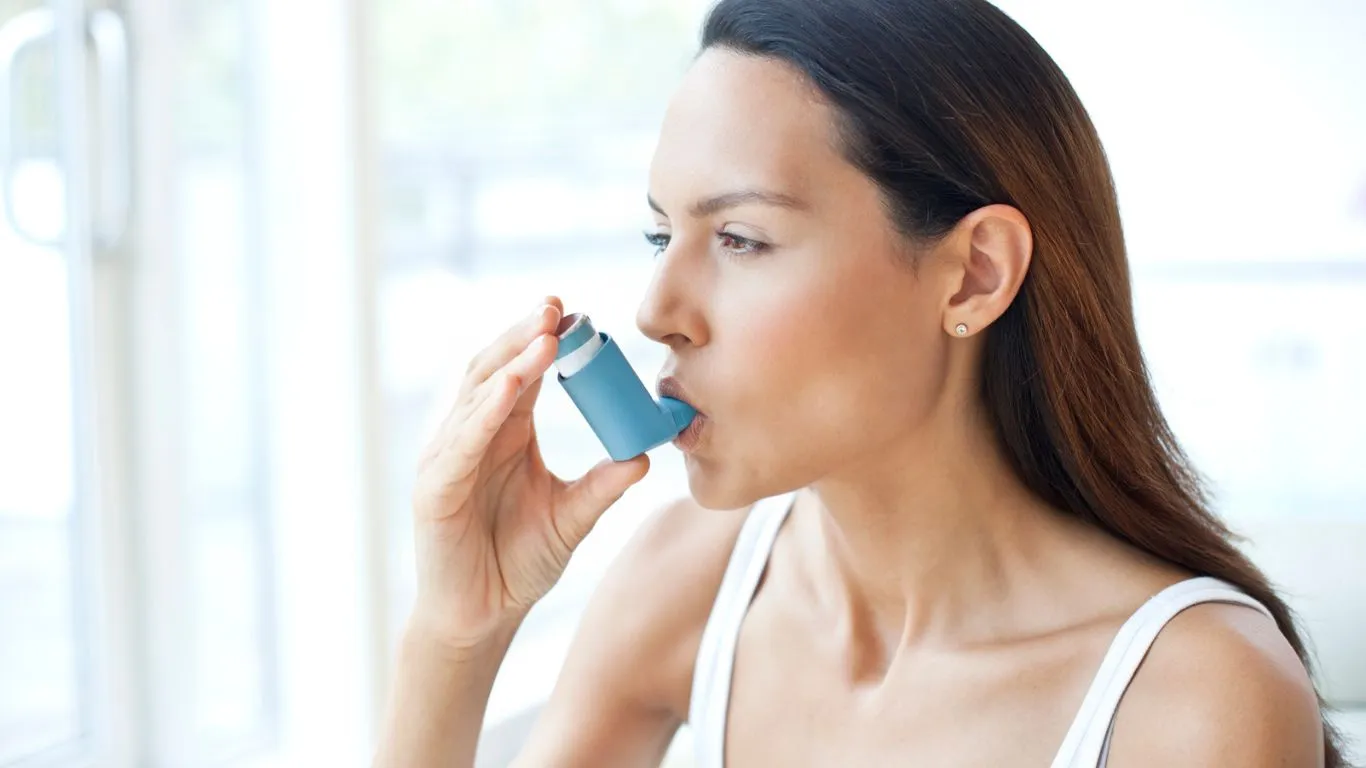How to Improve Peak Flow Readings – Tips for Better Lung Health
Looking to improve your peak flow readings? Let’s dive into some simple and practical tips to boost your lung health and get those numbers up where they belong!
If you’ve been keeping track of your peak flow readings, then you probably already know how important they are in managing your lung health—especially if you have asthma. These numbers help you monitor how well your lungs are functioning and can be a real game-changer when it comes to preventing asthma attacks. But how can you improve those readings and keep your lungs in top shape? Let’s break it down!

Why Peak Flow Readings Matter
Peak flow readings measure how fast you can exhale air from your lungs. They give you a snapshot of how well your airways are working, and they’re a key tool for people with asthma. The higher the peak flow, the better your lungs are functioning. Low readings could indicate that your airways are inflamed or narrowing, which could lead to an asthma flare-up. That’s why monitoring your peak flow is so crucial—early warning signs can help you adjust your treatment before things get worse.
Now, let’s go over some ways you can improve those peak flow numbers.
1. Follow Your Asthma Treatment Plan
One of the most important things you can do to improve your peak flow readings is to stick to your prescribed treatment plan. Whether it’s inhalers, medications, or other treatments, consistency is key. If you’re not using your inhalers properly, or you skip doses, your peak flow can suffer. Make sure you’re following the instructions given by your healthcare provider to keep your airways open and clear.
Proper Inhaler Technique
Using your inhalers correctly can make a huge difference. If you’re using a metered-dose inhaler (MDI) or a dry powder inhaler, make sure you’re doing it right. Many people don’t realize that improper technique can lead to less medication reaching your lungs. Try this:
- Shake your inhaler well (if required)
- Breathe out fully
- Place the inhaler in your mouth and breathe in deeply and steadily as you press the inhaler
Taking the time to get it right will help keep your airways open, improving your peak flow readings over time.
2. Stay Active with Breathing Exercises
When you work on improving your lung capacity, you’re also giving your peak flow a boost. Regular exercise, especially aerobic activities like walking, swimming, or cycling, can strengthen your lungs and help improve airflow. But it’s not just about exercise—it’s also about breathing exercises.
Diaphragmatic Breathing (Belly Breathing)
This technique is all about deep breathing. It helps strengthen the diaphragm, which is essential for breathing effectively. To practice diaphragmatic breathing:
- Sit or lie down in a comfortable position.
- Place one hand on your chest and the other on your belly.
- Slowly inhale through your nose, letting your belly rise as you fill your lungs.
- Exhale slowly, letting the air out of your lungs completely.
This exercise helps you use your full lung capacity, which could positively impact your peak flow readings.
Pursed-Lip Breathing
Another great breathing technique is pursed-lip breathing. This can help you breathe more efficiently by keeping your airways open longer. To do it:
- Inhale slowly through your nose.
- Purse your lips (as if you’re about to whistle) and exhale slowly through your mouth.
- Focus on a longer exhale than inhale.
These exercises can make your lungs stronger and help your peak flow stay on track.
3. Keep Your Environment Clean
Allergens, dust, and smoke can trigger asthma symptoms and lower your peak flow readings. Try to keep your environment as clean as possible:
- Dust and vacuum regularly.
- Use HEPA filters in your home and car.
- Avoid exposure to secondhand smoke or strong fumes.
- Keep pets clean and avoid allergens like pet dander if they trigger your asthma.
The cleaner your airways are, the better your peak flow readings will be.
4. Avoid Respiratory Infections
Colds, flu, and respiratory infections can make asthma worse and mess with your peak flow. Keeping your immune system strong by eating well, getting enough sleep, and washing your hands regularly can help prevent infections. If you do catch a cold or other respiratory infection, it’s important to manage your asthma symptoms closely—this may involve using your rescue inhaler more often or following up with your doctor to prevent an attack.
5. Keep Track of Your Peak Flow Regularly
Regular monitoring is key to improving and maintaining your peak flow readings. Check your peak flow every morning and evening, even when you’re feeling fine. This helps you track patterns and catch any changes in your asthma early. If you notice that your peak flow readings are decreasing, you can take action before symptoms worsen.
6. Maintain a Healthy Weight
Carrying excess weight can put added strain on your lungs and make it harder to breathe. By maintaining a healthy weight through proper diet and exercise, you’ll help improve your overall lung function. Weight loss has been shown to improve asthma control and even reduce symptoms. Not to mention, feeling fit and healthy can also help you manage stress, which can be a trigger for asthma flare-ups.

Conclusion
Improving your peak flow readings doesn’t have to be complicated. By following your asthma treatment plan, practicing breathing exercises, keeping your environment clean, and monitoring your peak flow regularly, you can keep your lung health in check. It’s all about making small, consistent changes to your routine that add up over time. So, start making those adjustments and watch your peak flow numbers improve!
Appendices:
FAQs
- What is a peak flow reading?A peak flow reading measures how fast you can blow air out of your lungs, which helps monitor asthma and lung health.
- Can exercise help improve my peak flow?Yes! Regular aerobic exercise and breathing exercises can improve lung capacity and airflow, helping boost your peak flow readings.
- How often should I check my peak flow?You should check your peak flow at least once a day, preferably in the morning and evening, to monitor your lung function.
- Does diet affect my peak flow?A healthy diet that supports your immune system can help reduce asthma flare-ups and keep your peak flow numbers stable.
- What should I do if my peak flow is lower than usual?If your peak flow is lower than usual, check in with your healthcare provider. They may recommend adjusting your medication or treatment plan.
References
- American Lung Association. (2023). “Peak Flow Monitoring for Asthma.”
- National Asthma Education and Prevention Program (NAEPP). (2022). “Managing Asthma in Children and Adults.”
- American Academy of Allergy, Asthma, and Immunology (AAAAI). (2024). “Breathing Exercises for Asthma Relief.”
Disclaimer
The information provided in this article is for general educational purposes only and should not be used as a substitute for professional medical advice. Always consult your healthcare provider before making any changes to your asthma treatment plan or lifestyle.

Bianca Nala is a compassionate Nurse Practitioner with a strong background in primary and respiratory care. As a health writer for Healthusias.com, she combines her clinical expertise with a talent for clear, relatable storytelling to help readers better understand their health. Bianca focuses on topics like asthma, COPD, chronic cough, and overall lung health, aiming to simplify complex medical topics without losing accuracy. Whether she’s treating patients or writing articles, Bianca is driven by a single goal: making quality healthcare knowledge accessible to everyone.






